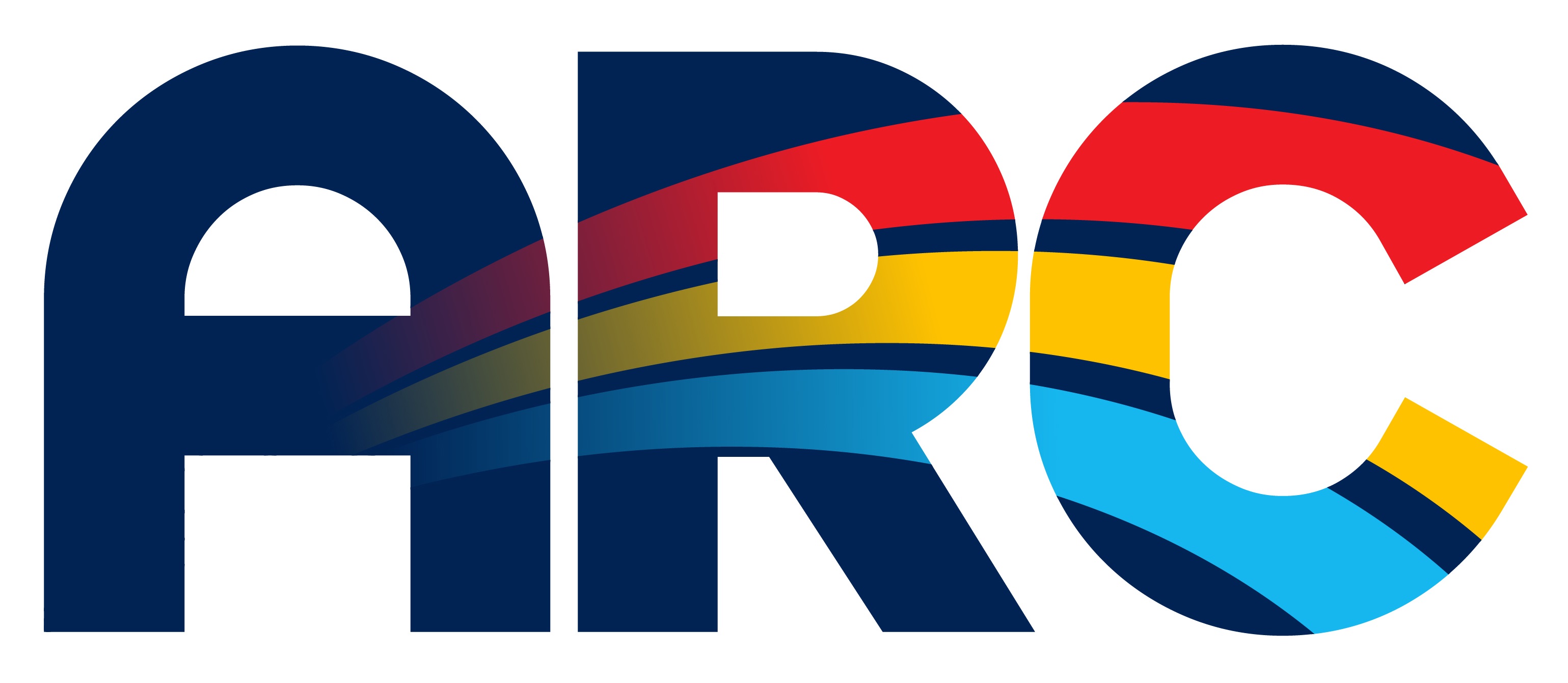Presenter Status
PhD Candidate, UCLA Department of History
Presentation Type
Oral Presentation
Session
History and Music
Location
Buller Hall Room 108
Start Date
6-5-2016 2:25 PM
End Date
6-5-2016 2:45 PM
Presentation Abstract
This paper examines the beginnings of medical education in California and argues that the establishment of a medical school in California contributed to the growth of the state’s political economy and allowed for further development of the state. After statehood in 1850, California developed necessary infrastructure, including providing healthcare to the California populace. While there were doctors in California in the 1850s, no institution existed for educating new doctors within the state. This changed in 1859 with the founding of California’s first medical school, which was formed as the medical department of the University of the Pacific, one of California’s first two colleges and a Methodist institution. The founders of the medical school noted that the state needed doctors who were locally trained in unique medical conditions resulting from California’s climate and mining industry.
California medical education experienced its own changes as a second medical school, the Toland Medical College, was founded as a rival to the University of the Pacific’s medical department. This school took away many of the professors from the first medical school, which closed for a few years until several professors returned to reestablish it. The medical department of the University of the Pacific eventually became part of Stanford University and the Toland Medical College became incorporated into the University of California as its first medical school. From these schools came the seeds of California’s healthcare infrastructure as both the state’s system of medical education and political economy developed.
Biographical Sketch
Michael Weismeyer is a PhD candidate in the UCLA Department of History in the history of science field. He received a BS in mathematics, a BA in history, and a MA in education in curriculum and instruction from La Sierra University, and also an MBA in church and nonprofit leadership from Southern Adventist University. His dissertation focuses on science education in early California colleges from 1850 to 1880.
A Tale of Two Schools: Medical Education and California's Political Economy
Buller Hall Room 108
This paper examines the beginnings of medical education in California and argues that the establishment of a medical school in California contributed to the growth of the state’s political economy and allowed for further development of the state. After statehood in 1850, California developed necessary infrastructure, including providing healthcare to the California populace. While there were doctors in California in the 1850s, no institution existed for educating new doctors within the state. This changed in 1859 with the founding of California’s first medical school, which was formed as the medical department of the University of the Pacific, one of California’s first two colleges and a Methodist institution. The founders of the medical school noted that the state needed doctors who were locally trained in unique medical conditions resulting from California’s climate and mining industry.
California medical education experienced its own changes as a second medical school, the Toland Medical College, was founded as a rival to the University of the Pacific’s medical department. This school took away many of the professors from the first medical school, which closed for a few years until several professors returned to reestablish it. The medical department of the University of the Pacific eventually became part of Stanford University and the Toland Medical College became incorporated into the University of California as its first medical school. From these schools came the seeds of California’s healthcare infrastructure as both the state’s system of medical education and political economy developed.



